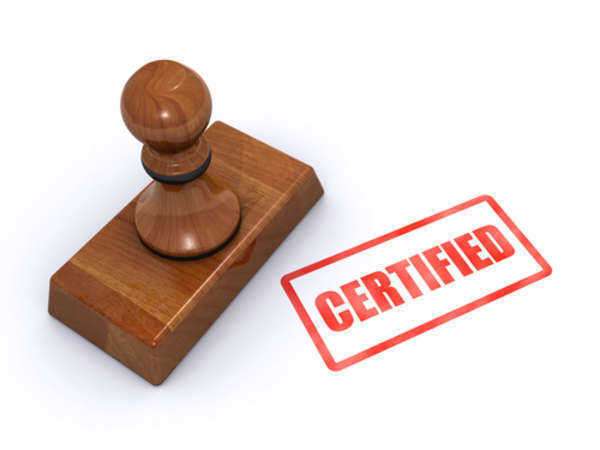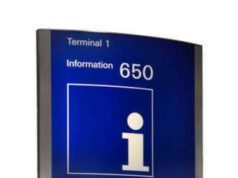
The Madrid Protocol, at first glance, seems to have the same advantages that the Madrid Agreement instated some 100 years earlier. After all, the overall purpose is to facilitate in the international registration of trademarks by allowing for a singular application process while registering the mark in numerous nations in one simple procedure. However, there are some distinct advantages of using the Madrid Protocol rather than the older Madrid Agreement.
Firstly, the Madrid Protocol is becoming much more popular for use throughout the world, having about 20 more members than are found under the Madrid Agreement. However, it is important to note that there are twelve countries that are sole members to the Madrid Agreement and not the Madrid Protocol. This may prove to be a disadvantage to countries only directly involved with the Madrid Protocol, such as the United States and the European Union.
For example, an owner of a trademark from the United States will not be able to register the mark for use in one of those countries; registration of a trademark will only be recognized by the nations under the Madrid Protocol umbrella. For the purpose of the United States, however, this may not prove to be such a detrimental aspect in the expansion of national trademarks in overseas markets with the introduction of the Spanish language as an option for the application language. This new provision makes the Madrid Protocol a much more attractive option than its predecessor, the Madrid Agreement.
The United States, as a collective unit, is more likely to enjoy higher levels of success in Latin America than in those countries strictly adhering by the Madrid Agreement. Another advantage of the Madrid Protocol is the fact that by having a wider selection of application languages, such as English, French, and Spanish, the costs to provide for lawyers or translators to be involved in the registration and application process is no longer needed.
Such extra considerations can prove to be quite costly and time consuming for owners of trademarks entertaining the idea of international expansion. The Madrid Agreement only provides for the applications to be done in French, which limits the convenience factor of having just one application for multiple countries, which is supposed to be one of its main advantages. The Madrid Protocol also offers a viable train for companies that can be considered as small or medium enterprises.
In instituting only one required application for various countries for international trademark recognition and imposing one singular and collective fee, the option for international expansion is not so far fetched, and is economically viable. This is proven by the fact that there are over 412,000 international trademarks as reported at the end of 2003, which were controlled by over 100,000 owners with trademarks with multiple international registrations.
It is plain to see that the Madrid Protocol is surely becoming the preferred method between the two treaties under the Madrid Agreement, and it seems only a matter of time when the remaining countries still yet to join the Madrid Protocol will finally be swayed to join; especially with its newest signatories being the United States and the European Union, both being extremely important commercial centers and markets.




























